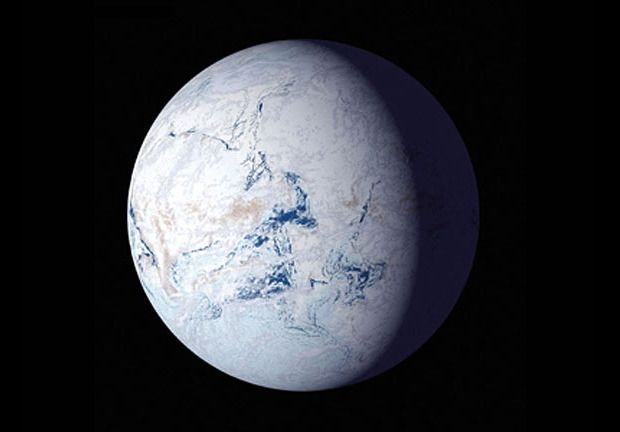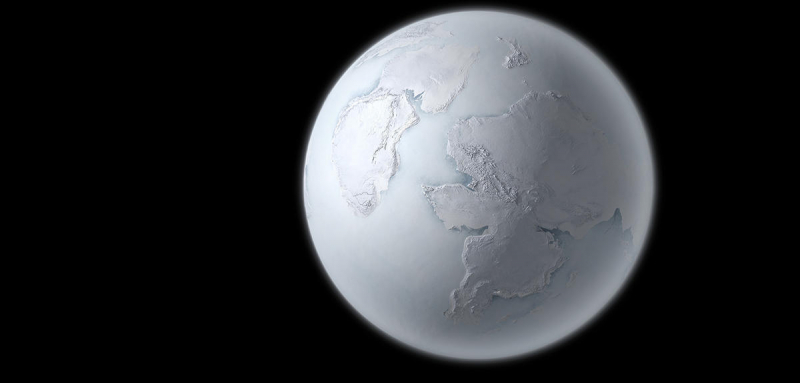Earth's Icy Times

The Earth experienced numerous severe climatic upheavals known as ice ages between 600 and 800 million years ago. The "snowball Earth" idea proposes that Earth nearly or totally froze multiple times as a result of the extreme cold. Earth would have been blanketed in glacial ice from pole to pole during four such times of alternate freezing and thawing that may have been caused by decreases in greenhouse gases like methane and carbon dioxide. The planet would have had an average temperature of roughly -50 degrees Celsius (-74 degrees Fahrenheit), with the equator similar to Antarctica today, because the majority of the sun's energy would have been deflected into space by ice.
The most recent ice age trend started around 40 million-year-old and got worse around 3 million-year-old during the Pleistocene. Since then, glacial and thawing cycles have occurred repeatedly in high- and middle-latitude regions, roughly every 21,000, 41,000, and 100,000 years. The Last Glacial Period, sometimes known as the "last ice age," lasted for around 11,700 years and left significant areas of the continents buried in ice up to the middle latitudes.










